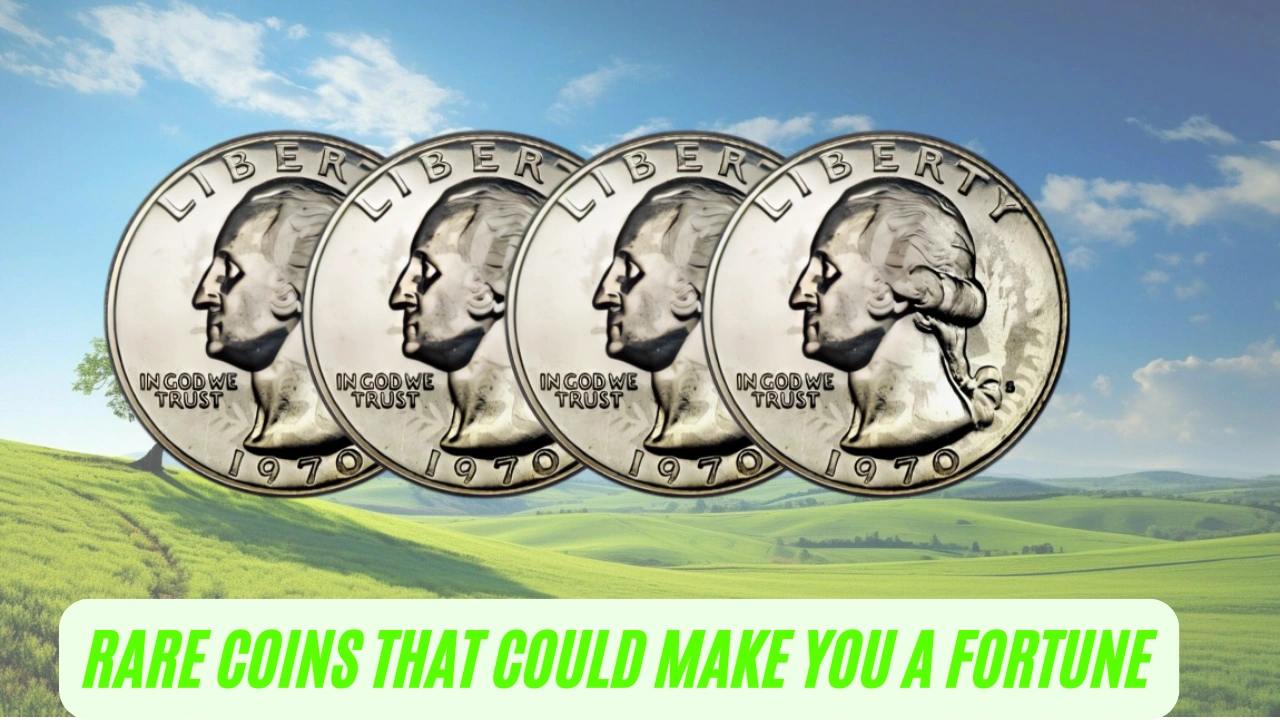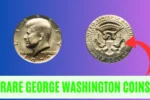Rare Coins That Could Make You a Fortune: The 1976 Bicentennial Quarter, created to commemorate the 200th anniversary of America’s independence, is a fascinating piece of U.S. coinage. Although most of these quarters are worth only their face value, a select few have captured the attention of collectors and reached remarkable values. Let’s dive into the key facts about these coins and discover how to spot the ones that may be worth a fortune.
Table of Contents
- Unique Features of the Bicentennial Quarter
- The $75 Million Quarter Myth
- Real Sales of Bicentennial Quarters
- Factors Affecting Value
- How to Identify a Valuable Quarter
- Tips for Collectors
- Frequently Asked Questions
1. Unique Features of the Bicentennial Quarter
The 1976 Bicentennial Quarter, minted to celebrate America’s bicentennial, is a unique and highly collectible coin. Here’s a look at its distinctive design and key features:
| Feature | Details |
|---|---|
| Reverse Design | Colonial drummer boy holding a torch and surrounded by 13 stars |
| Obverse Design | Standard portrait of George Washington |
| Dual Date | “1776–1976” instead of just one year |
| Mint Locations | Philadelphia (no mint mark), Denver (“D”), and San Francisco (“S”) |
San Francisco also minted silver versions containing 40% silver, which are more valuable than the standard copper-nickel versions.
2. The $75 Million Quarter Myth
The story of a Bicentennial Quarter worth $75 million has intrigued many coin enthusiasts, but it remains a myth. No verifiable evidence has been found to support such an astronomical sale, even though the tale continues to fuel interest in these coins. While it’s extremely unlikely that a quarter would ever reach such a high price, certain rare examples have still fetched impressive amounts in the marketplace.
3. Real Sales of Bicentennial Quarters
While a $75 million sale may be out of reach, some Bicentennial Quarters have indeed sold for significant amounts. Here are a few examples:
- Sold For: $19,200 (2019)
Minted in San Francisco, this coin contained 40% silver and was graded MS69, one of the highest possible grades. - Sold For: $8,400
This rare Denver-minted quarter featured a noticeable double die error and was graded MS65. - Sold For: $7,200
A perfect silver proof quarter from San Francisco, graded PR70 Deep Cameo, was sold for this price. - Sold For: $5,500
This Philadelphia-minted quarter displayed a unique die clash error and was graded MS63.
4. Factors Affecting the Value of a Bicentennial Quarter
Several factors contribute to the value of a Bicentennial Quarter:
- Errors: Coins with minting errors such as double dies, off-center strikes, and die clashes are highly sought after by collectors.
- Condition: Coins in Mint State (MS) or Proof (PR) grades are worth significantly more. Grading ranges from 1 (poor) to 70 (perfect).
- Composition: Silver versions (40% silver) are more valuable than the standard copper-nickel coins. Look for the solid silver edge or an “S” mint mark to identify these.
- Historical Significance: The connection to America’s bicentennial adds collector appeal.
5. How to Identify a Valuable Bicentennial Quarter
Here’s how to check if you have a potentially valuable Bicentennial Quarter:
- Check the Edge: A solid silver edge indicates the coin is made from 40% silver.
- Look for Errors: Inspect the coin for doubling, die clashes, or off-center strikes.
- Check the Mint Mark: The “S” mint mark indicates a silver or proof version.
- Inspect the Condition: Coins in excellent condition with no wear or scratches are more valuable.
6. Tips for Collectors
For those looking to start or enhance their collection of Bicentennial Quarters, here are a few tips:
- Authentication and Grading: Use reputable services like PCGS or NGC to authenticate and grade coins.
- Proper Storage: Store coins in protective holders to maintain their condition and value.
- Where to Sell: You can sell rare coins through reputable auction houses, coin dealers, or online platforms such as eBay. However, exercise caution when using online marketplaces.
7. Frequently Asked Questions (FAQs)
What makes Bicentennial Quarters valuable?
Errors, high grades, and silver composition all increase the value of a Bicentennial Quarter.
How can I identify a silver Bicentennial Quarter?
Look for the ‘S’ mint mark and a solid silver edge.
What is the most expensive Bicentennial Quarter?
The most expensive sold was a silver MS69 quarter, which went for $19,200 in 2019.
Are Bicentennial Quarters still in circulation?
Yes, most Bicentennial Quarters are still in circulation, but unless they are rare, they are worth face value.
How can I sell a valuable Bicentennial Quarter?
You can sell coins through reputable auction houses, professional coin dealers, or trusted online marketplaces.
While most Bicentennial Quarters are worth only 25 cents, certain rare specimens can be worth thousands of dollars due to minting errors, silver composition, or high-grade conditions. If you think you’ve found a valuable Bicentennial Quarter, having it professionally graded can help confirm its authenticity and value. While a $75 million quarter might be a myth, even modestly valuable examples can turn pocket change into a rewarding find.
Disclaimer: The information provided in this article is for general informational purposes only and should not be construed as financial or investment advice. Coin values are subject to market fluctuations and can change over time. While efforts have been made to ensure the accuracy of the information, no guarantees are made regarding the current or future value of any specific coin. We recommend consulting with a professional coin dealer or appraiser for expert advice regarding the value of your collection. The mention of specific coin sales and prices is based on historical transactions and may not reflect current market conditions. The article does not endorse or promote the buying, selling, or collecting of coins as a financial investment.



